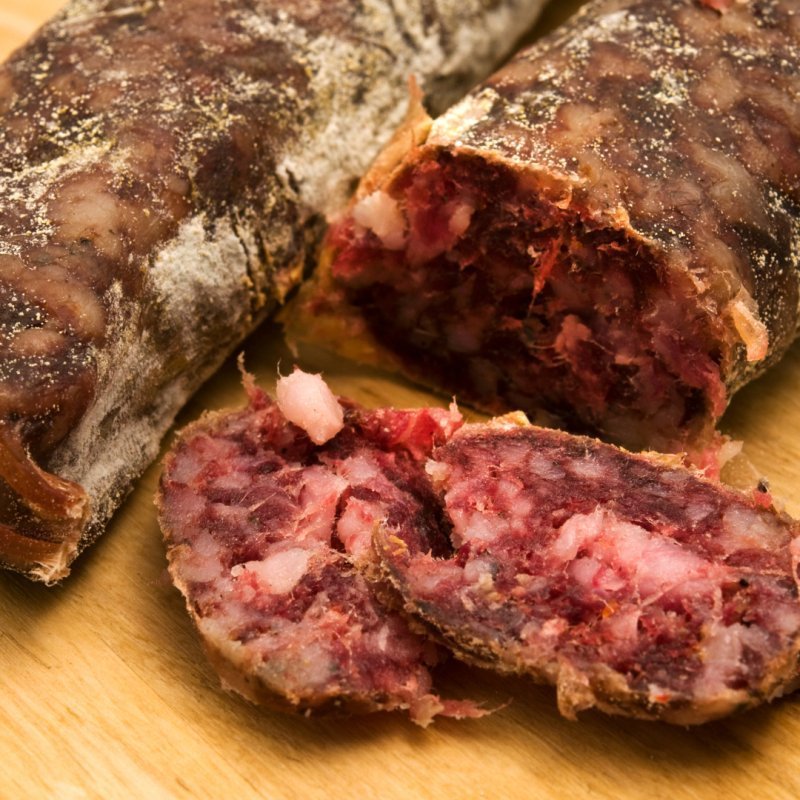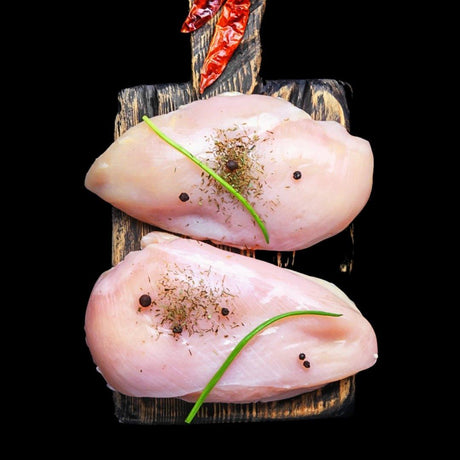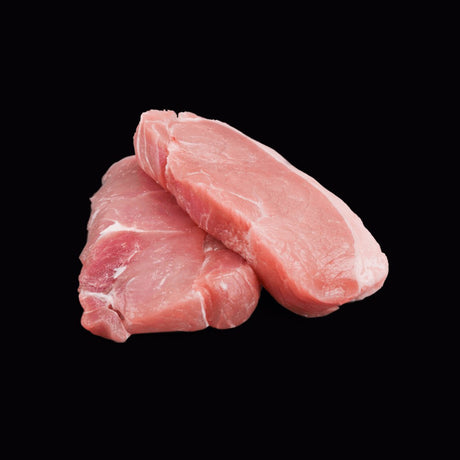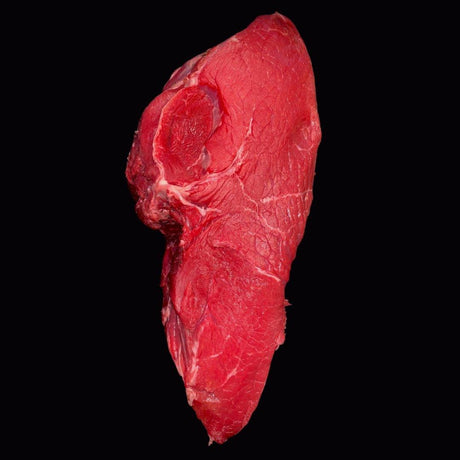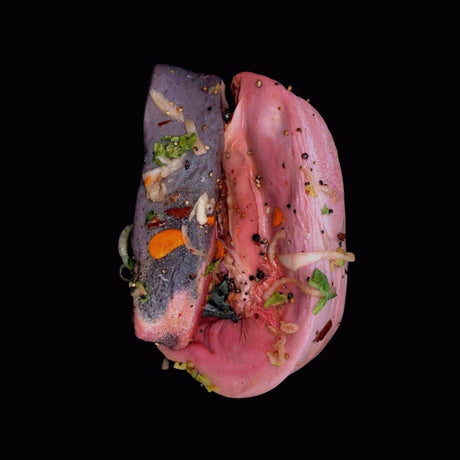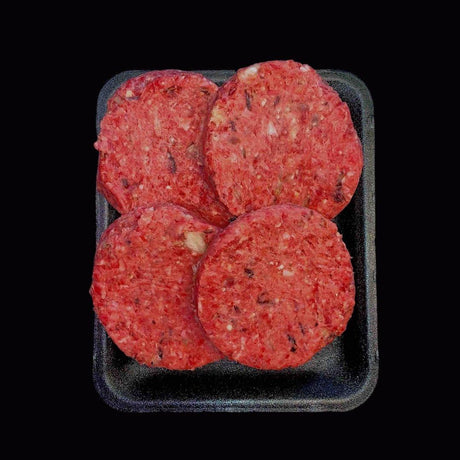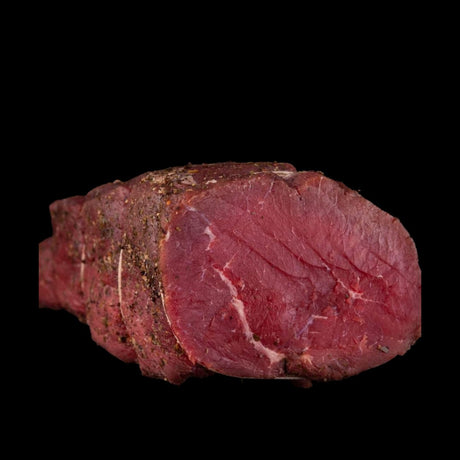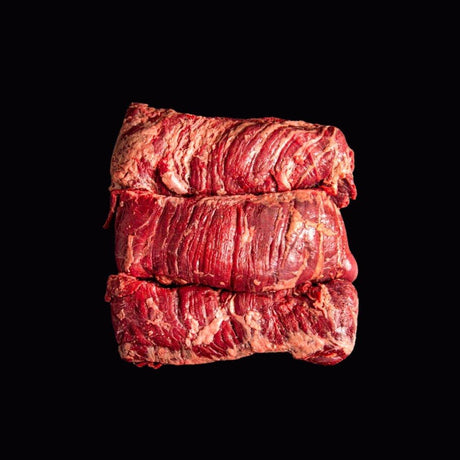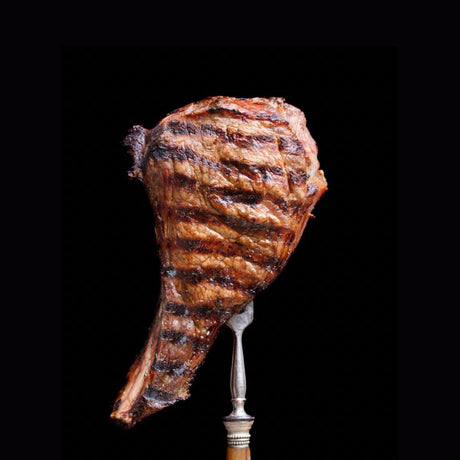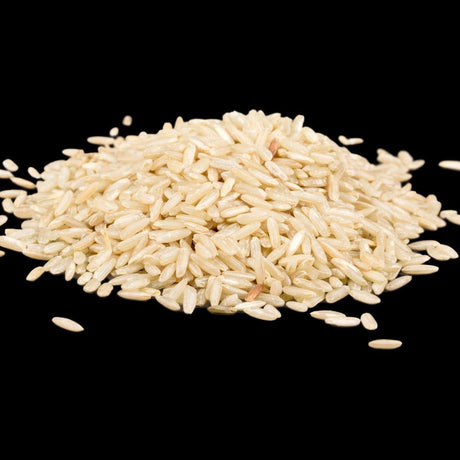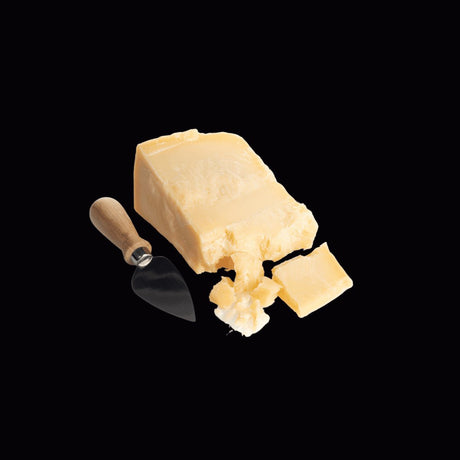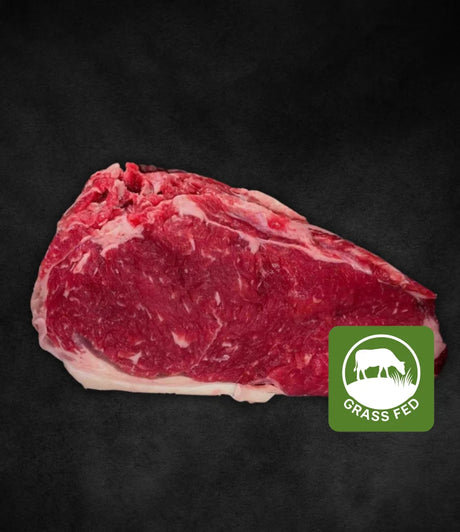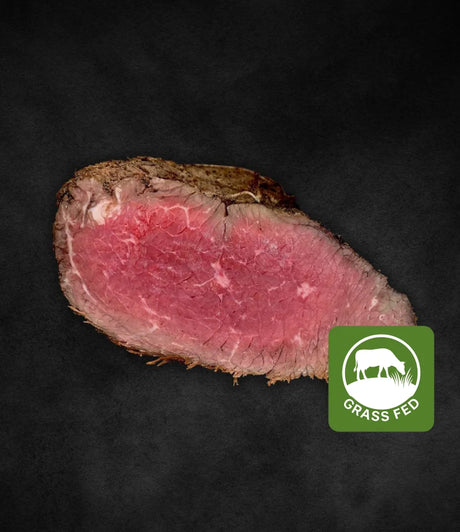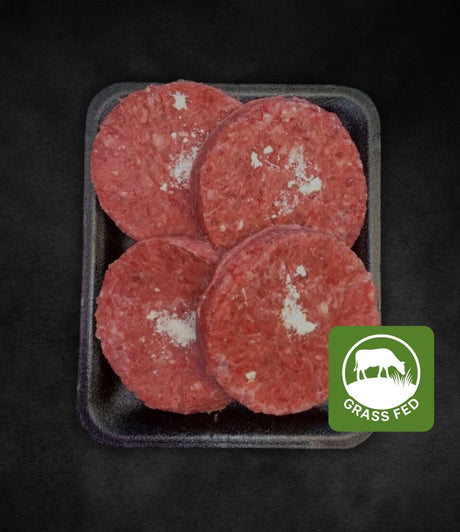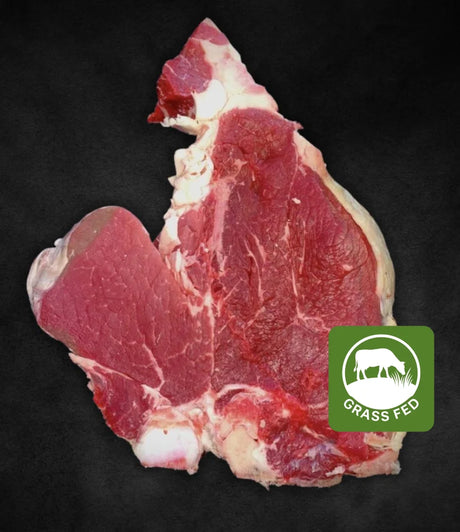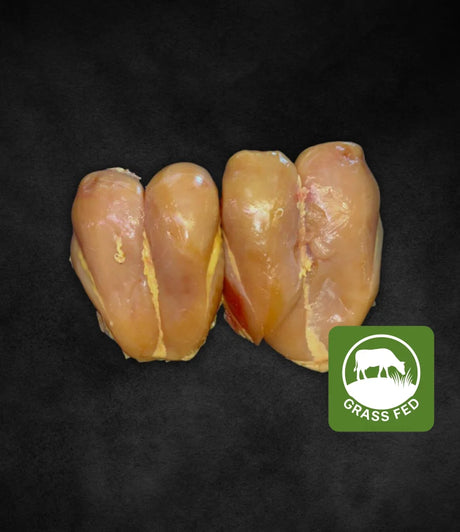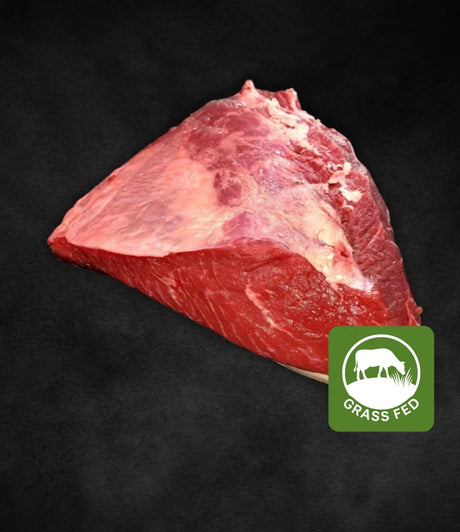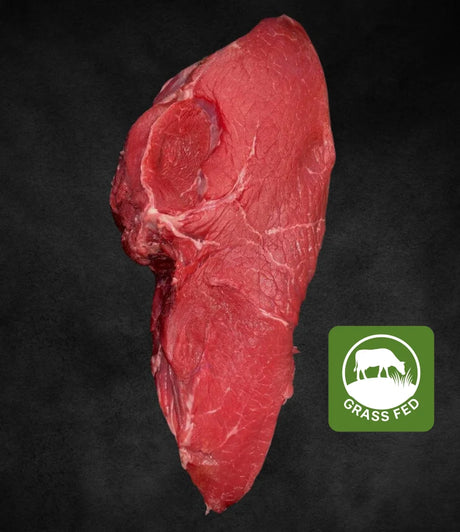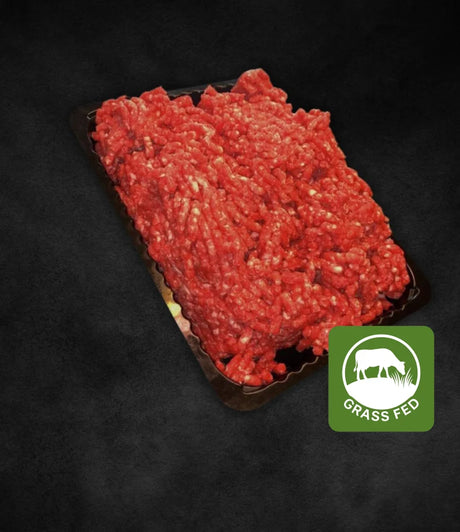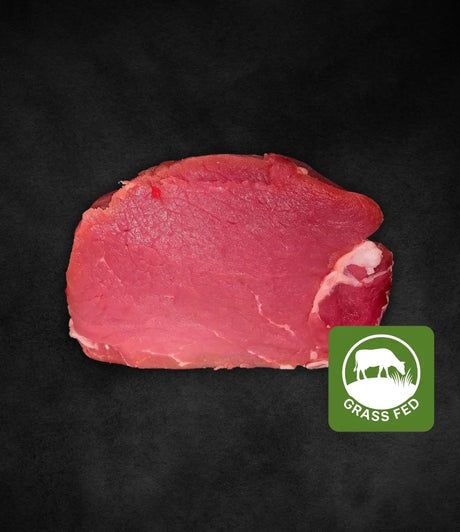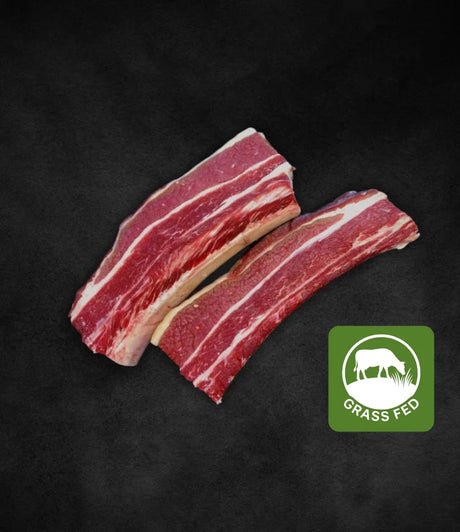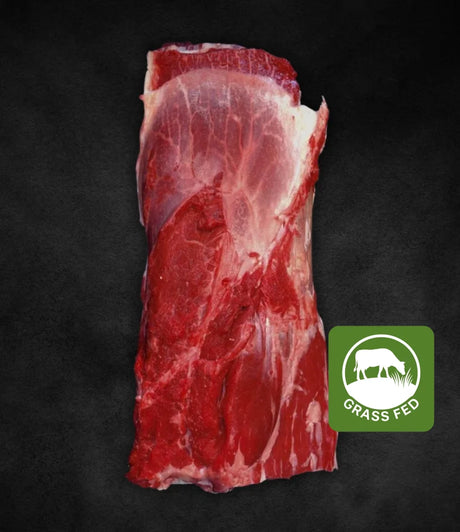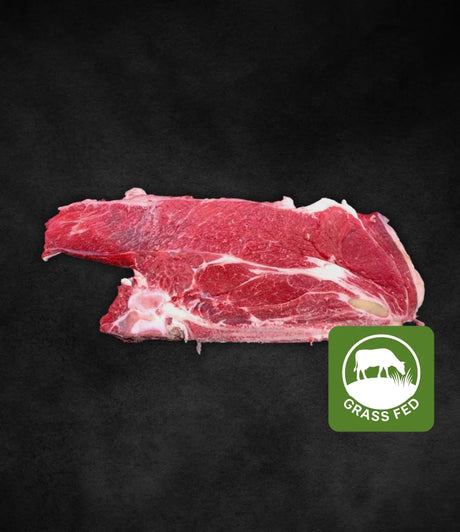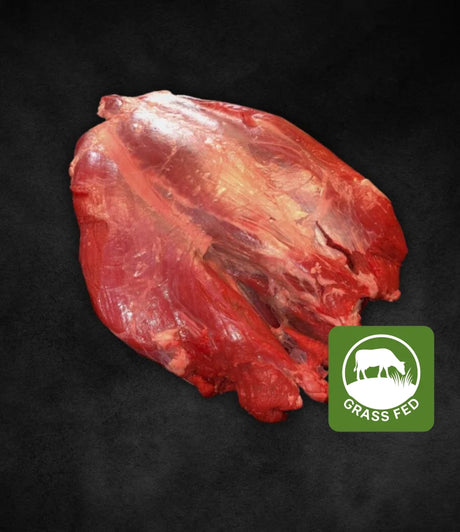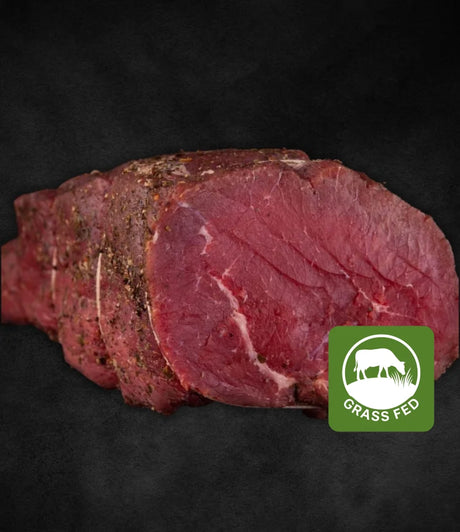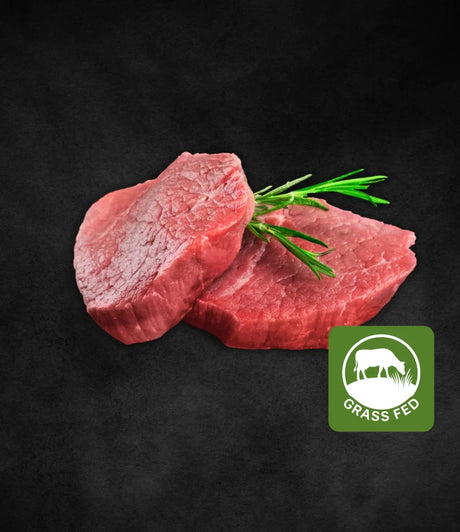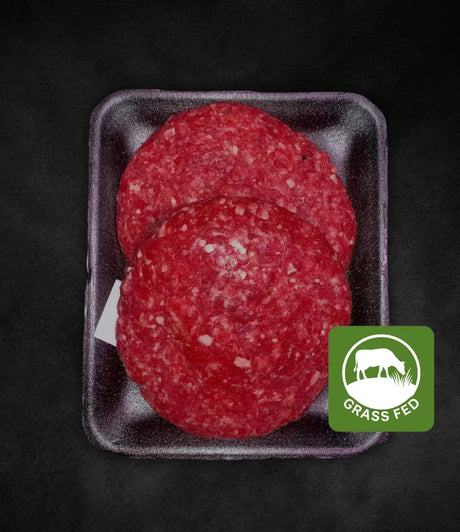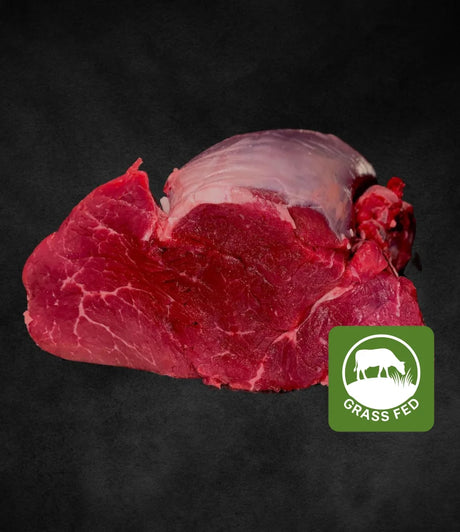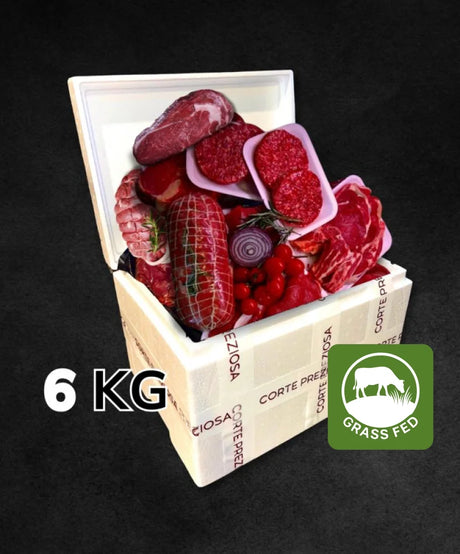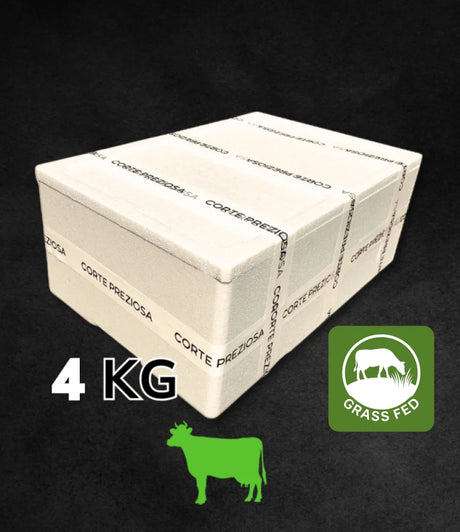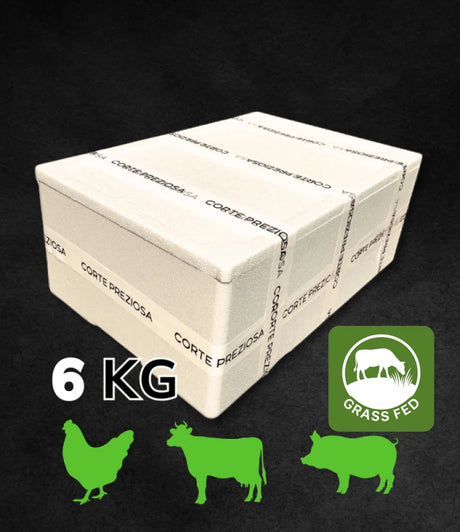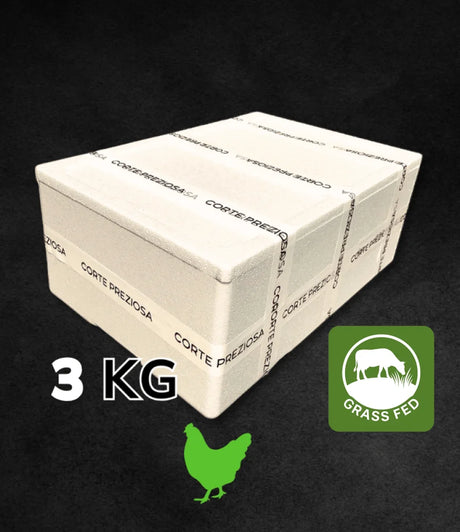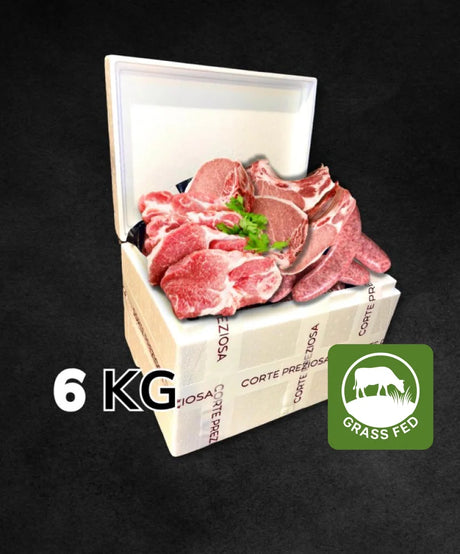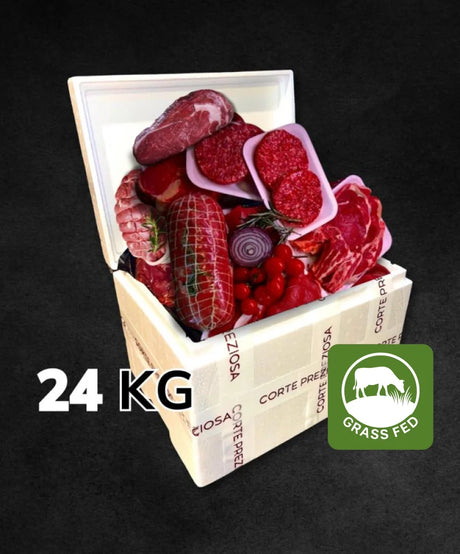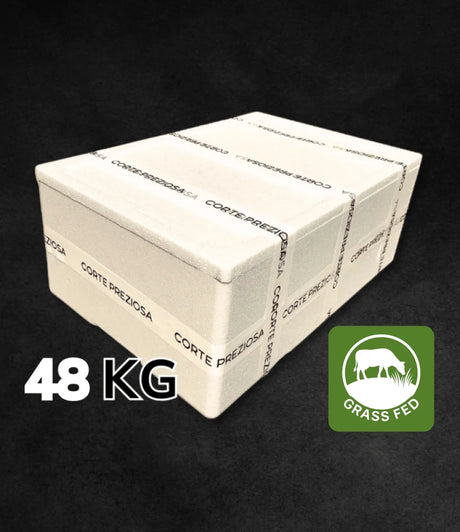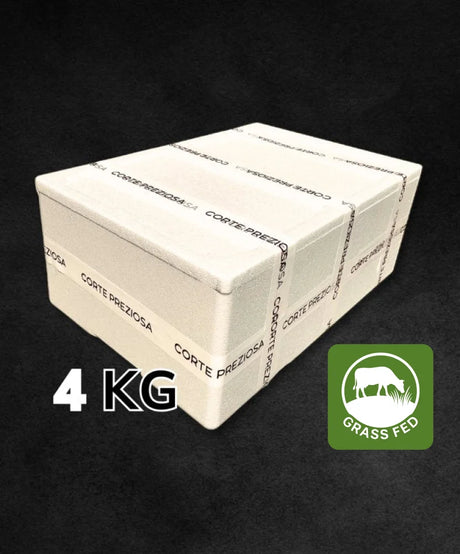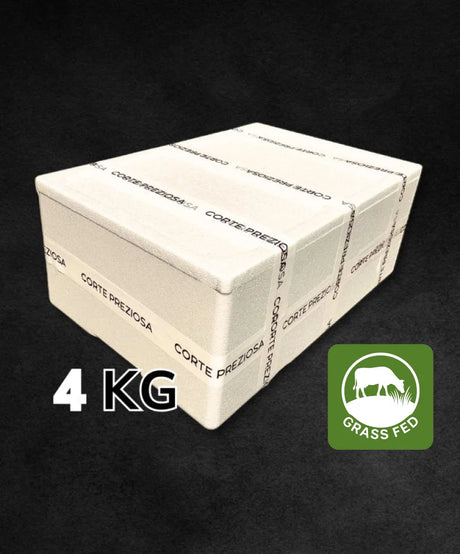Rediscovering the Roots: The Art of Traditional Salami
In the chaos of modern life, where everything seems to run, rediscovering the value of traditions means finding a precious part of our identity. One of the symbols of this culinary heritage is homemade salami, a masterpiece of peasant culture that takes us back to a time when authentic flavors were born from expert hands and ancient recipes.
In Serravalle a Po, Massimo, guardian of local customs, tells us with passion about this ancient art. For him, the preparation of salami is not just a technique, but a journey into memories of community and sharing.
The heart of tradition: the pig
At the center of everything, there is the pig, an animal that for peasant families represented a vital resource. In Serravalle a Po, the slaughter of the pig took place around the time of San Martino, an awaited moment that marked the beginning of winter. It was a social and symbolic event, where every part of the animal found its purpose, without waste.
“The pork butcher would arrive, and in a few hours the pig would be transformed: salami, sausages, and even the cooked head,” Massimo says. Each phase of the process was an example of skill and respect for resources. Nothing was thrown away, and even the less valuable parts found a delicious use.
Processing: a ritual of precision
Preparing salami required care and skill. The meat was selected, minced and mixed with spices and herbs such as pepper, garlic, salt and sometimes a pinch of wine. The mixture was then stuffed into natural casings, skillfully tied and left to mature in cool, ventilated cellars.
Massimo describes the process as a collective effort: “Everyone had a task: someone minced the meat, someone prepared the herbs, someone took care of the casing. It was a moment of great collaboration.” The often long maturing process was carefully monitored to ensure that the final product was perfect.
A treasure trove of flavours: not just salami
From the slaughter of the pig other extraordinary dishes were born. With the less noble parts they prepared the cooked head, a dish obtained by boiling and pressing the scraps in a sack, until obtaining a compact and tasty consistency. This dish, as well as the salami, tells of a cuisine capable of transforming every element into something precious.
The final moment of the work was a celebration. After the hard work, people gathered to celebrate with food and joy, cementing community bonds.
The value of memory
Today, these traditions are at risk of disappearing, but they represent a cultural treasure that is worth preserving. Making salami as it once was is not just preparing a food, but reliving a ritual that unites generations and tells who we are.
And you, have you ever tasted a homemade salami or tried to prepare it? Share your experiences and your stories: every memory is a fragment of a heritage to be preserved.
---------------------------------------------------------------------------------------

